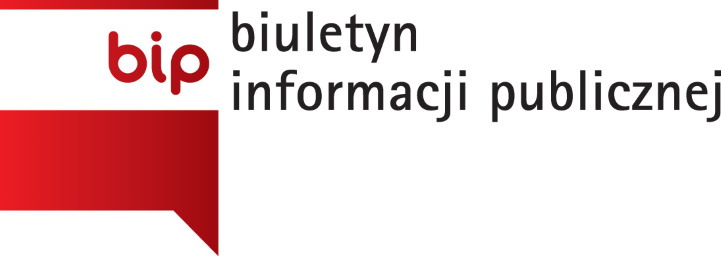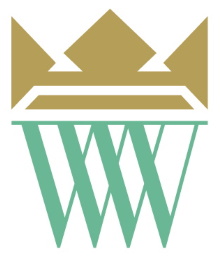Two frogs – spittoons
karta katalogowa kolekcji
Rzemiosło artystyczne
China
1662-1722 (Kangxi period)
stoneware, onglaze enamel, familie verte
13.5 x 18.5 x 26 cm
Wil.2567/1-2
This pair of stoneware figurines in the shape of frogs found its way to Wilanów in the middle of the nineteenth century as part of the trousseau of Aleksandra Potocka née Potocka. An inventory of the Potocki palace in St. Petersburg describes them as Chinese spittoons. Their amusing shape indicates that they could have fulfilled this function in the palace salons. The shape of the spittoons used in nineteenth-century homes usually concealed their true function. By way of example, they included the ceramic figurine of a life-size turtle, shown with all the details and with the shell concealing a container with a cover. Similar containers-spittoons were installed in openings on the frogs’ backs.
During the twentieth century spittoons used on a daily basis as late as the interwar period or even after the war. From the end of the nineteenth century they were compulsory in offices, schools and train stations. At the time, and in the face of the threat of tuberculosis, medical doctors and propagators of hygiene recommended spitting only into spittoons so as not to spread the germs.
Anna Ekielska-Mardal
Polecane

Aleksandra Potocka
Aleksandra Potocka née Lubomirska (1758 or 1760-1831), daughter of the Great Marshal of the Crown Stanisław Lubomirski and Izabela née …

Fashion for Chinoiserie at Wilanów Palace
From the end of the seventeenth century Europe witnessed a growing fashion for Chinoiserie. Traces of this mode are to …


















